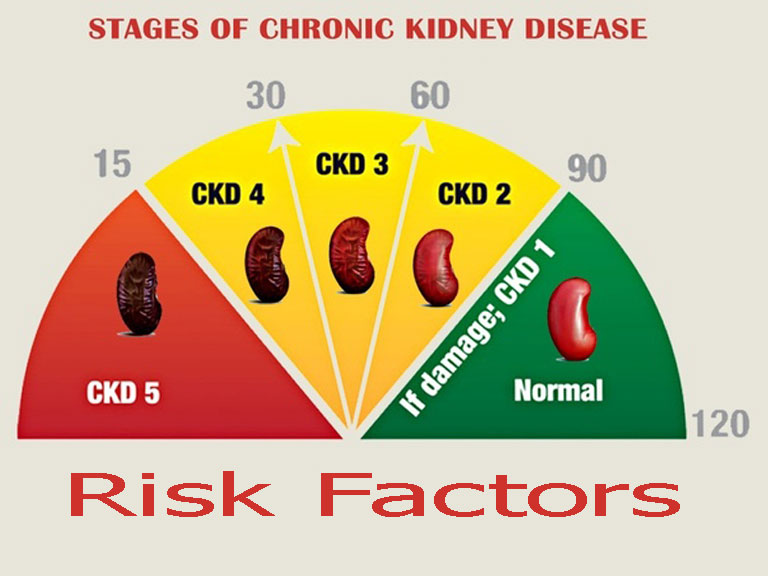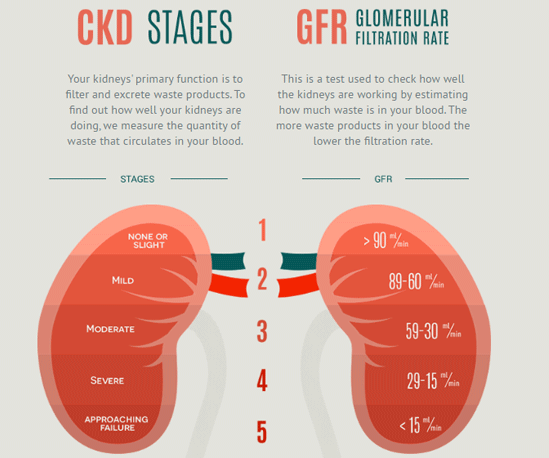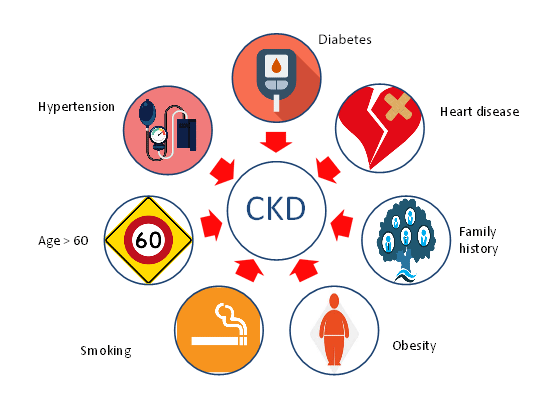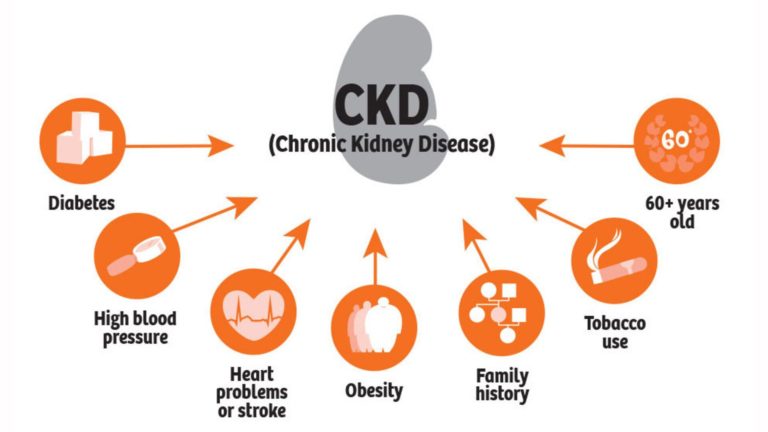Tips to keep your Kidneys Healthy
Diabetes and high blood pressure are the most common causes of CKD. If you have diabetes or high blood pressure, working with your doctor to keep your blood sugar and blood pressure under control is the best way to prevent kidney disease.
Living a healthy lifestyle can help prevent diabetes, high blood pressure and kidney disease, or help keep them under control. Follow these tips to lower your risk for kidney disease and the problems that cause it:
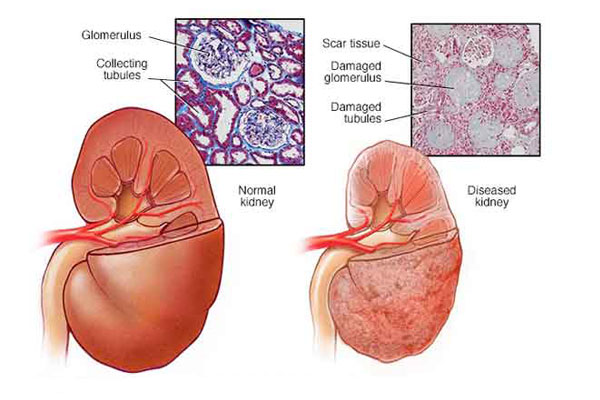
- Lose weight if you are overweight. An ideal BMI(Body Mass Index) is between 18.5 – 25.
- Be active. Regular exercise and physical activity helps control blood sugar levels.
Quit smoking. - Drinking plenty of fluids keeps you well hydrated and your kidneys working well. Your doctor will suggest fluid restrictions as appropriate if you have kidney failure.
- Take medications as directed.
- Keep your blood pressure below 130/90, or ask your doctor what your ideal blood pressure target is.
- If you have diabetes, make sure your blood sugars are well controlled.
- Eat healthy and ensure your cholesterol is in the acceptable range.
- Eat foods lower in salt.
- Eat more fruits and vegetables. If you have kidney failure, make sure you follow dietary restrictions as suggested by your doctor.



